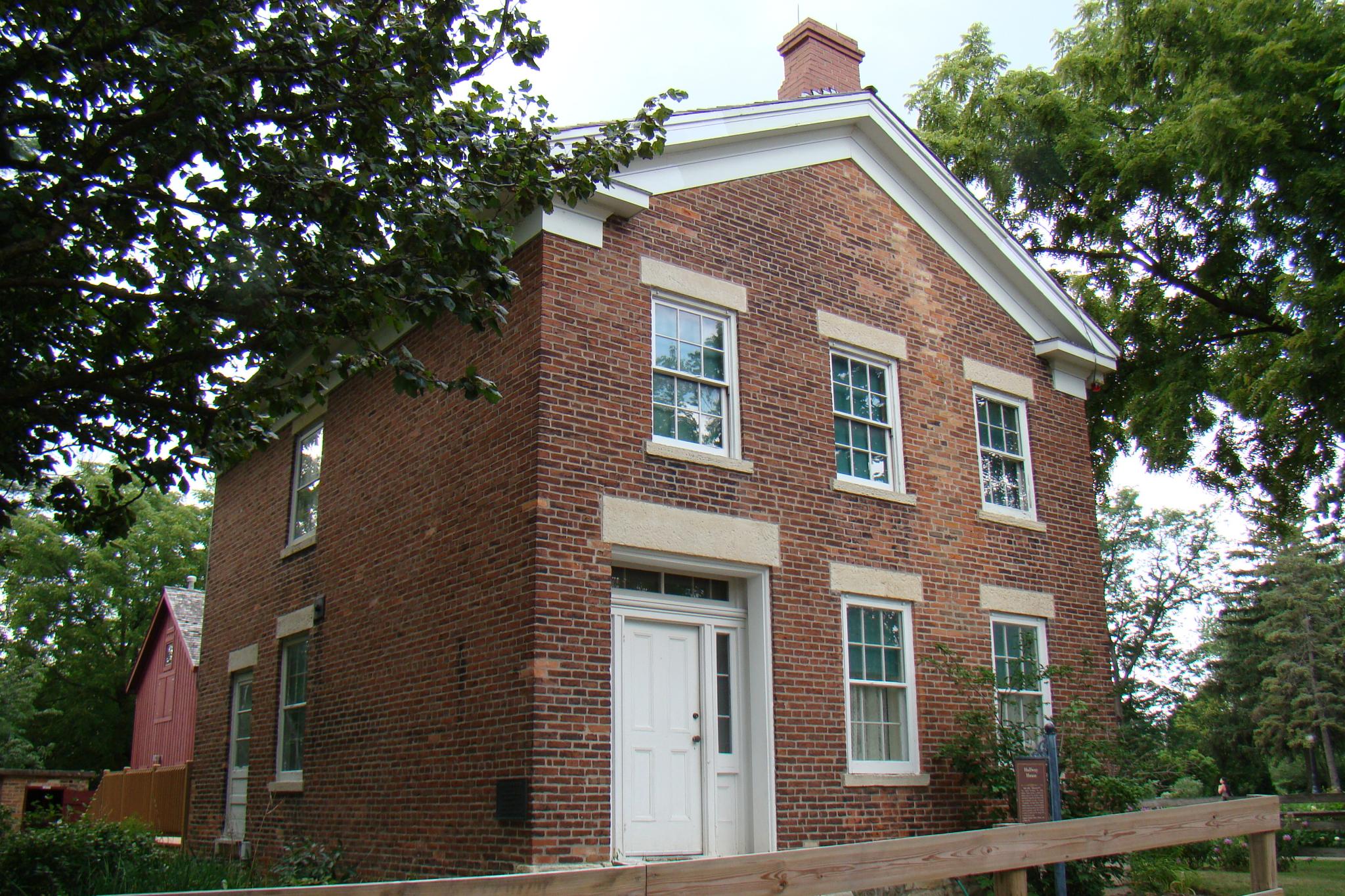
Halfway House
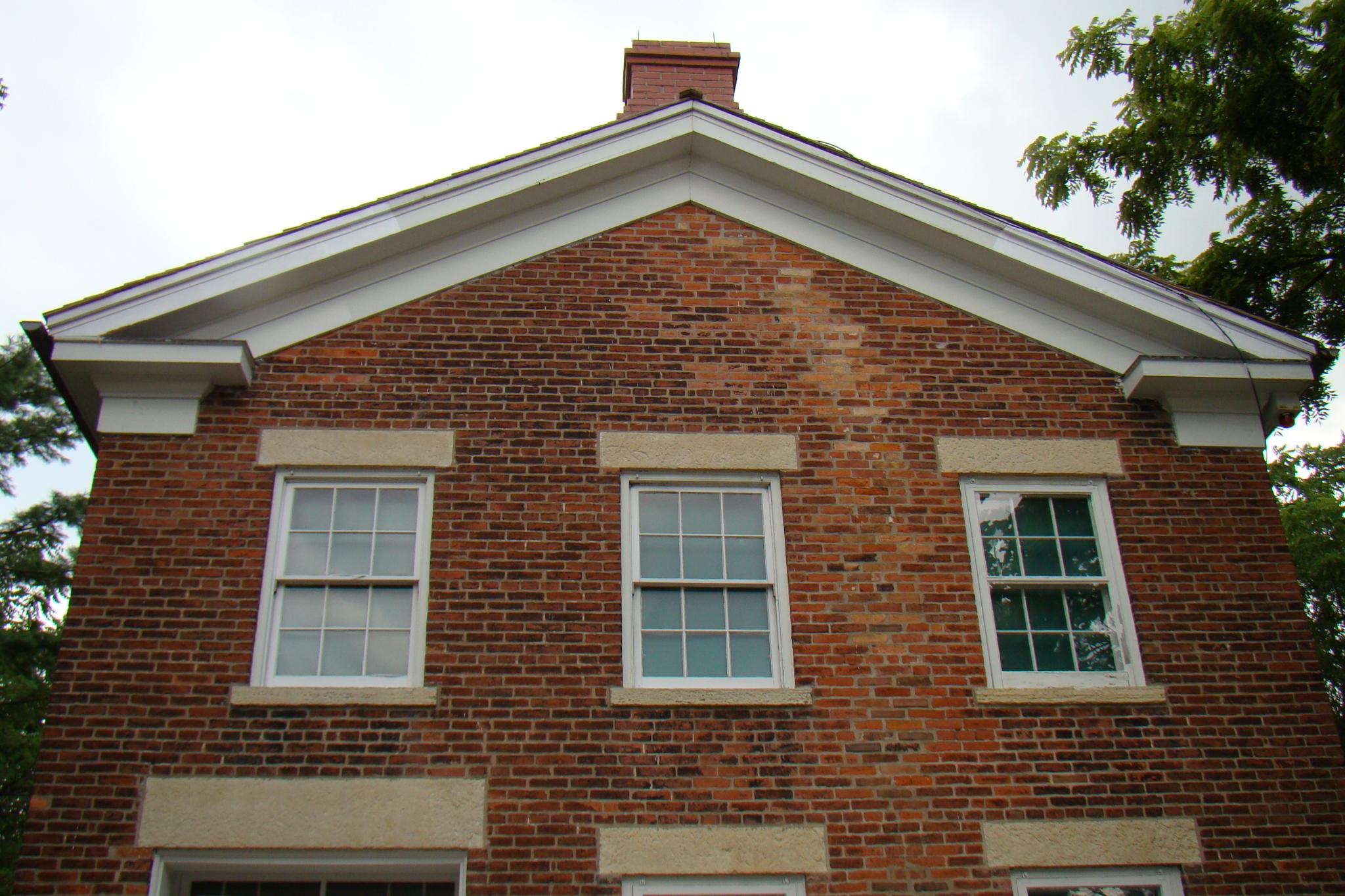
Halfway House front-facing gable roof
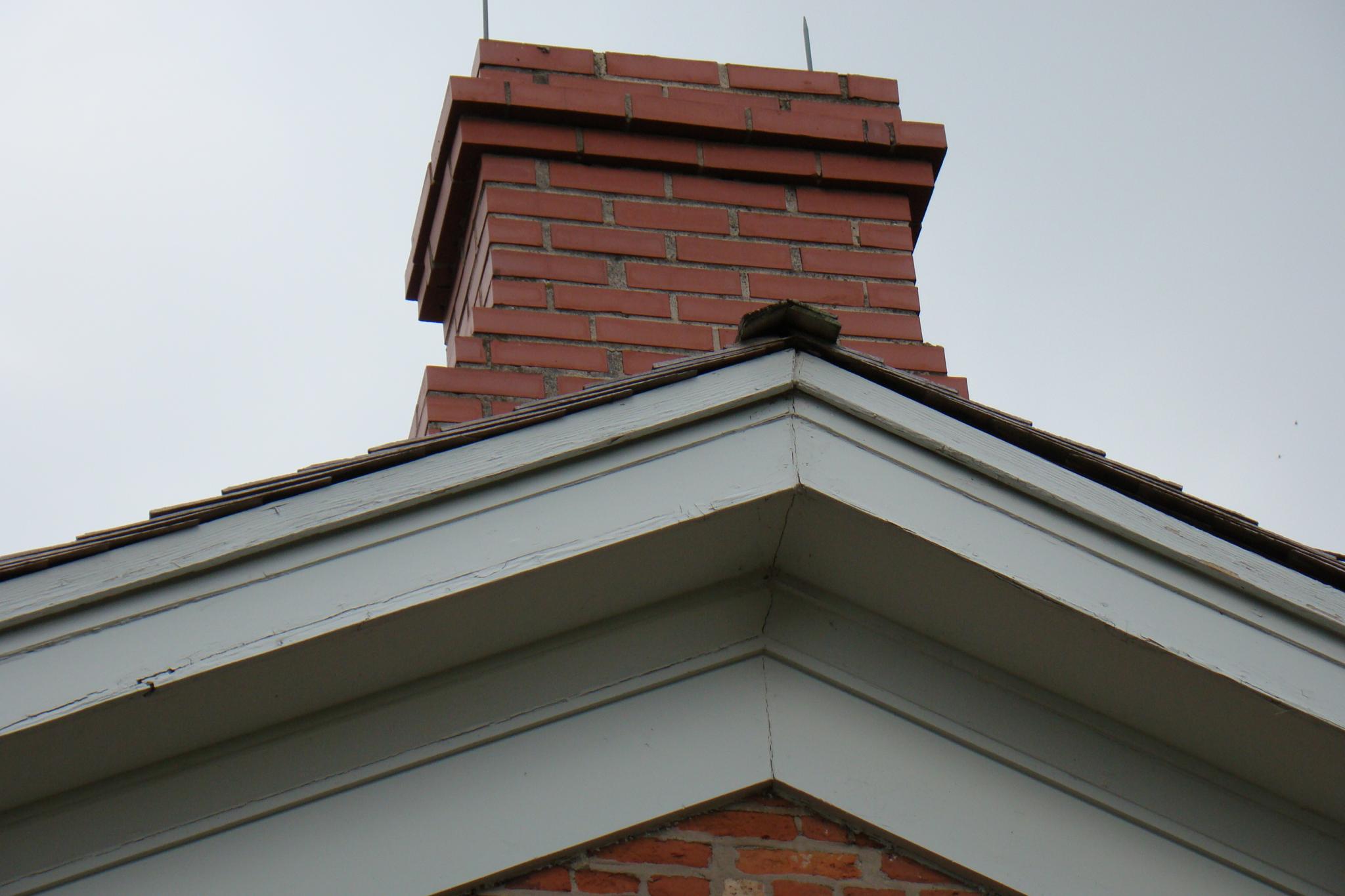
Wide trim on gable end of Halfway House
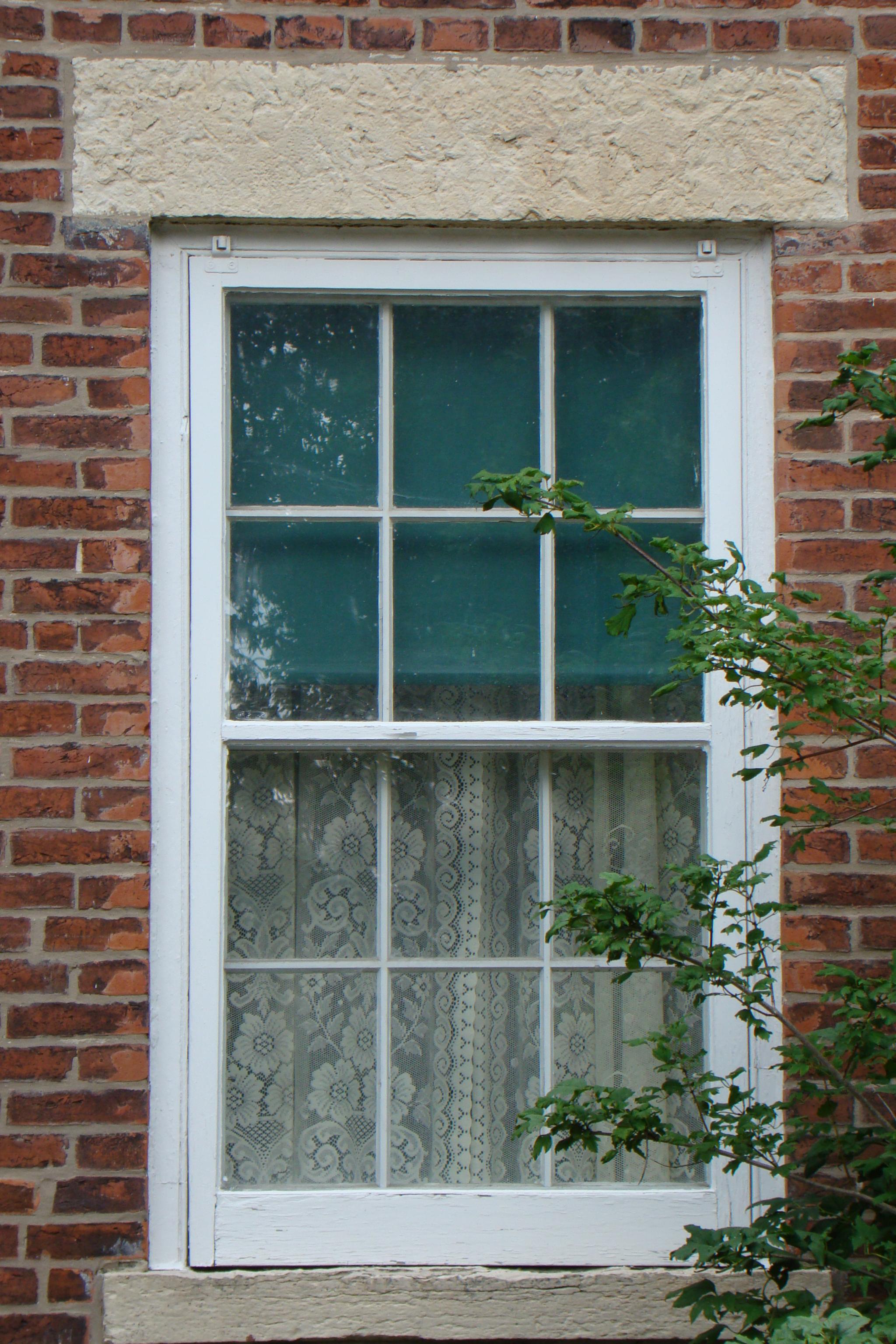
Decorative pediment above Halfway House window
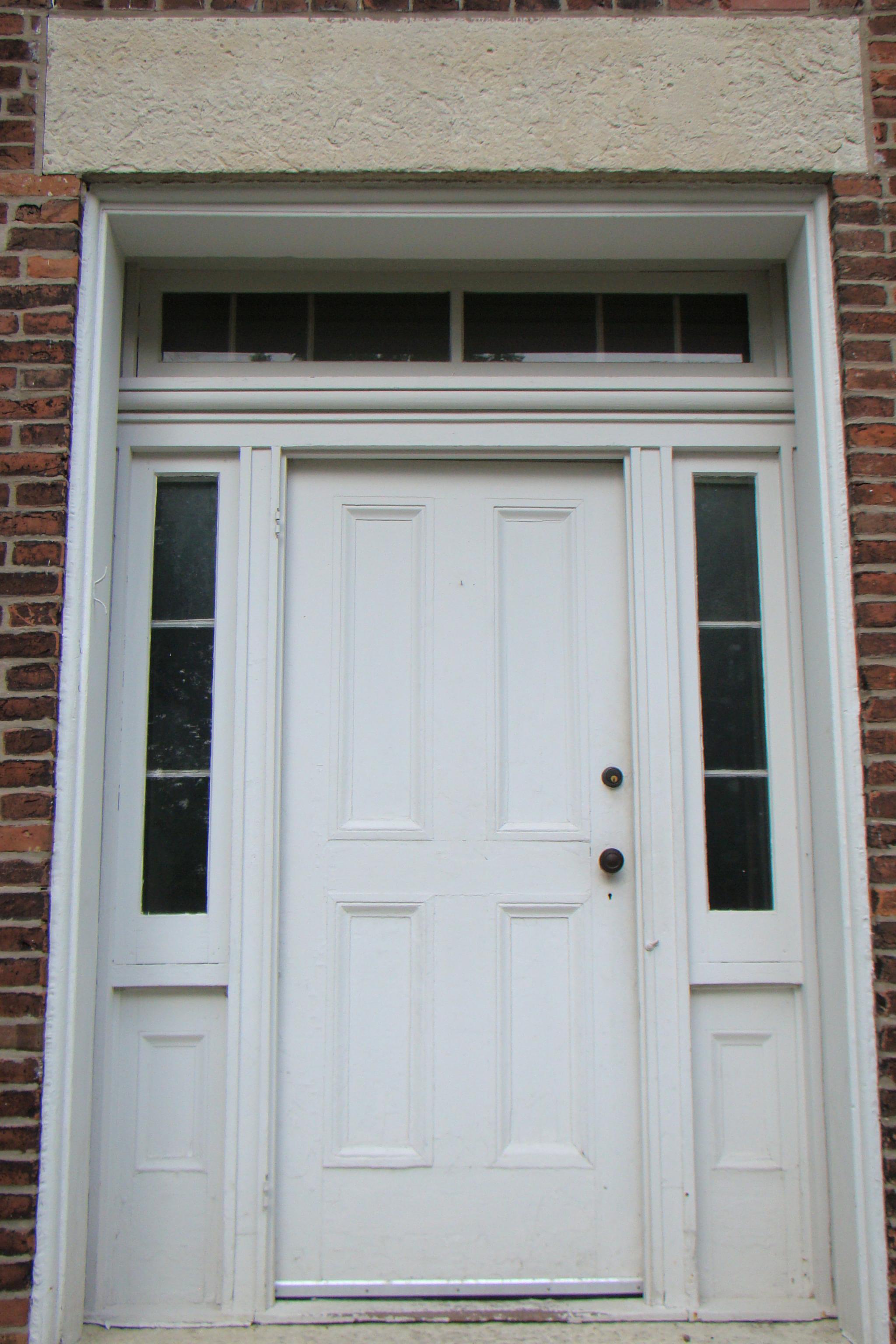
Decorative pediment above Halfway House front door
The Halfway House shows some Greek Revival architectural style characteristics, mainly its front-facing gable that calls to mind the image of classical temples. Yet it’s more commonly associated with folk architecture. Unlike other architectural styles that came and went, folk homes provided shelter with little regard to changing fashions. Homeowners typically built these homes themselves using materials found close to their site, sometimes with the help of local craftsmen. Families passed folk building traditions down through generations, resulting in little variation of the style.
The Halfway House is a perfect example of the ideals of folk architecture. The owner, Urban Stanley, built the home himself using red clay, sun-baked bricks made on site. Its similarity in design to other buildings at Naper Settlement suggests that Naperville’s early residents possibly shared building traditions with each other. The Halfway House is a gable-front home, meaning the entrance to the home is located on the triangular end wall in between the sloping roof edges. This arrangement mimics the pedimented façade of typical Greek temples seen in other Greek Revival style homes in Naperville (like the Daniels House). The wide band of trim on the gable end and the decorative pediments above the windows are also characteristic of Greek Revival homes.